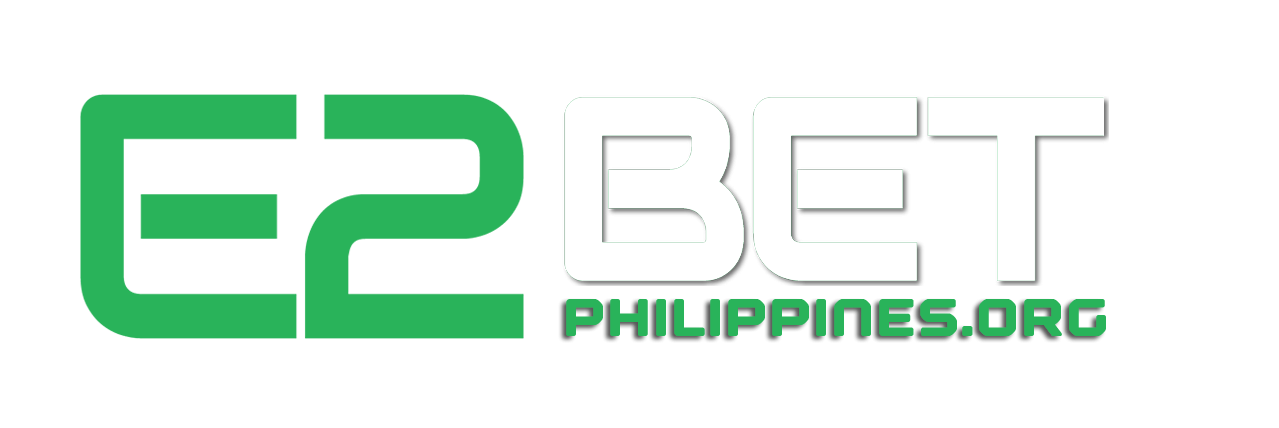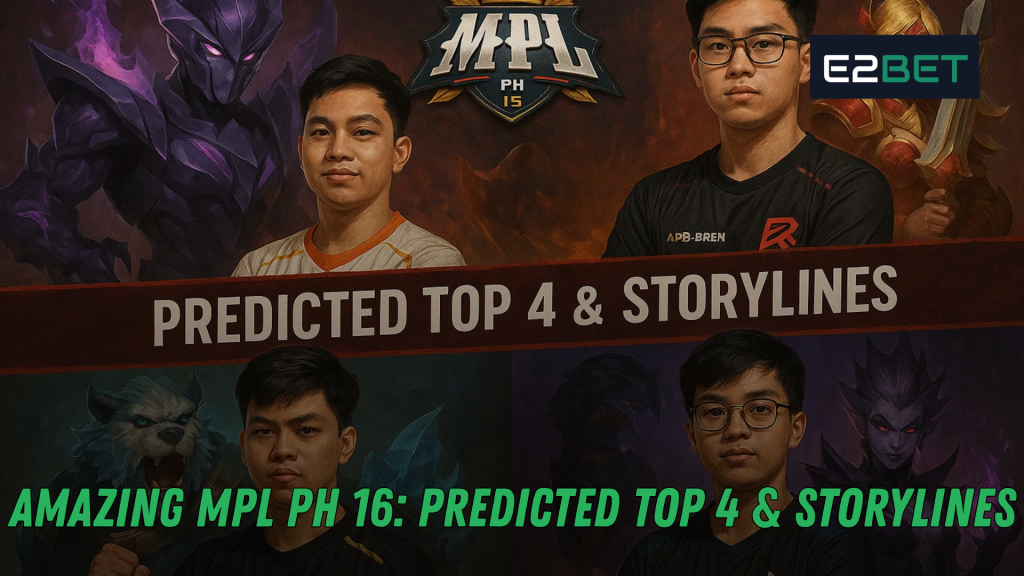Table of Contents
Overview: Why this split feels different
In plain terms, MPL PH 16 rewards teams that can control midwaves early, trade neutrals with discipline, and avoid coin-flip engages when item breakpoints aren’t yet online. It also rewards fans who know what to look for—because once you see the map like a coach, the broadcast opens up in new ways.
The Philippine MLBB scene has reached an inflection point. New organization banners, cross-regional signings, and a deeper talent pool have combined to make MPL PH 16 a season where the margins are thinner and small habits matter more than hype. The league structure remains familiar—an eight-team double round-robin in best-of-three series, leading to a high-pressure playoff bracket—but the cast is refreshed, hungry, and tactically literate.
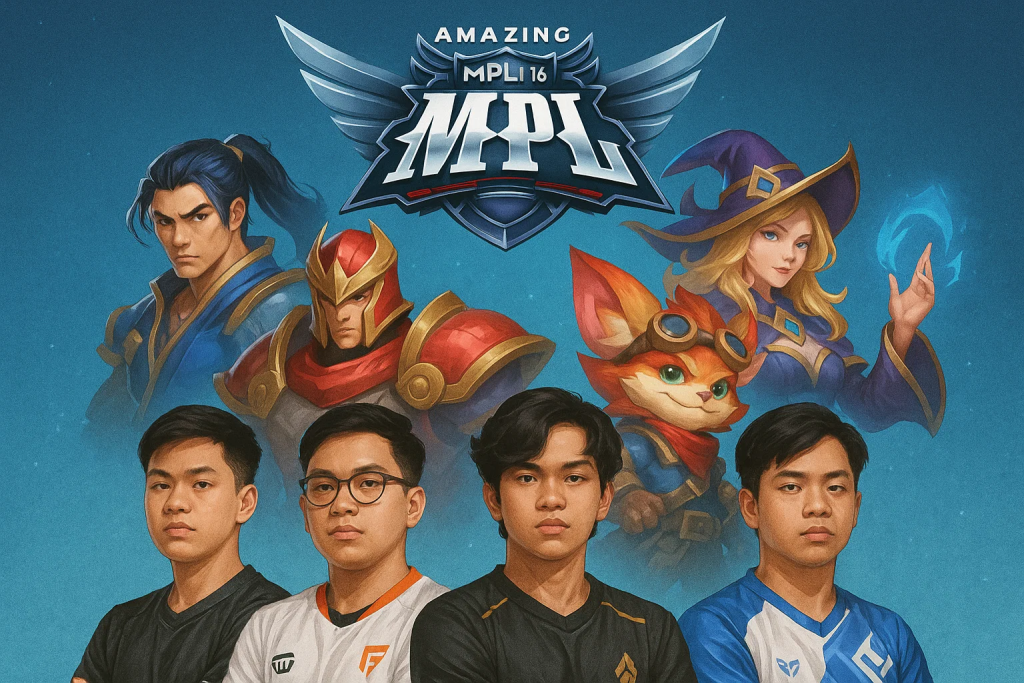
The field at a glance
Eight franchise squads are set for a fiercely competitive regular season: AP.Bren, Aurora Gaming, ONIC PH, Smart Omega, Team Falcons PH, Team Liquid PH, TNC Pro Team, and Twisted Minds PH. Each brings a different identity. AP.Bren are rebuilding fundamentals, Aurora are the system team, ONIC PH are tempo switchers, Omega carry volatility, Falcons import championship habits, Liquid rely on star power, TNC chase macro maturity, and Twisted Minds PH arrive as fearless spoilers. The sum is a bracket where no favorite is comfortable for long.
For newcomers, here is the simplest lens: watch how each team earns mid priority, how quickly they rotate to the first turtle, and whether they stabilize vision before the first Lord. Those three behaviors predict 70 percent of outcomes in MPL PH 16.
Methodology for these predictions
To forecast the Top 4 of MPL PH 16, we weigh four inputs:
- Roster stability and talent ceiling across roles.
- Early-split indicators: objective control, death economy, and farm-to-fight conversion.
- Historical clutch: finals experience, shot-calling under pressure, and ability to recover after early deficits.
- Meta fit: jungler hero pool, gold-lane insurance, roam pathing, and support flexibility.
Rather than worship scrim rumors or single-series upsets, we track repeatable habits that survive patch shifts. When a roster repeatedly shows clean lane assignments, precise neutral setups, and post-fight discipline, that’s bankable. Those traits, more than highlight reels, decide best-of-three series in MPL PH 16.
Predicted Top 4: who rises when it matters
Below are our tiered picks for MPL PH 16, with the emphasis on why the styles work rather than just who owns star names.
1) Aurora Gaming — the patient system that squeezes errors
Why they make it: Aurora’s identity is structure. Waves are managed like clockwork; side lanes rarely collapse without a trade elsewhere. Their mid-jungle times neutrals, covers invades with layered vision, and turns small leads into map control instead of chasing ego kills. In MPL PH 16, that discipline is priceless.
How they draft: Comfort control mages mid, flexible jungle that flips between tempo and peel, and gold-lane insurance that scales by minute ten. They prefer to stall first Lord, deny angles, and force opponents to facecheck without ultimates.
What beats them: Hyper-tempo comps that crash midwaves faster than Aurora can reset, plus early deaths on jungler that delay second item timings. If you see them conceding two neutral windows in a row, the series gets tricky—even in MPL PH 16.
2) Team Liquid PH — star power with stage reps
Why they make it: Liquid field veteran laners who win on mechanics but close series with game sense. They read timers well, trust set plays, and rarely panic in rubber games. In MPL PH 16, that experience converts drafts that look just fine into fights that look inevitable.
How they draft: Strong EXP anchors, proactive roamers, a jungle that mirrors camps efficiently, and a gold lane who serves as first or second win condition depending on read. Liquid can play front-to-back or dive chains; the through-line is clarity.
What beats them: When opponents deny two comfort picks simultaneously (often in jungle and mid), Liquid can spend the first ten minutes building a new language on stage. If Plan A and B vanish, they may lean too hard on late insurance, a dangerous ask in MPL PH 16.
3) ONIC PH — the tempo switch that breaks side lanes
Why they make it: ONIC PH thrive on first-move timing. They can farm quietly, then snap into a four-man collapse that detonates the map. When mid has priority and the roam secures ward control, their side-laners punish greed instantly. That volatility, shaped by good reads, is a weapon in MPL PH 16.
How they draft: Reset denial and skirmish tools, plus comfort flexes that keep opponents honest. Expect travel-time traps, fake recalls to pull cooldowns, and waves stacked to force unfavored responses.
What beats them: Scouted engages. If vision is compromised, ONIC PH’s dives look ordinary. Smart supports who pre-ward tri-brushes blunt their switch and stretch games beyond the window they planned in MPL PH 16.
4) Team Falcons PH — championship habits in a new banner
Why they make it: Falcons import a culture of patience, precise objective setups, and calm comms. They resist the coin flip, preferring 60–40s via information and itemization edges. That’s the prototype of a high seed in MPL PH 16.
How they draft: Peel supports, scaling marksmen, and junglers who value counter-engage over highlight dives. Falcons won’t win every early skirmish but will often arrive first to the right fight.
What beats them: Mid-split workflow changes. Transplanting systems across a new brand can dip performance briefly. If Falcons juggle staff rhythms during a tight stretch, they may concede seeding value in MPL PH 16 before the machine fully clicks.
The bubble tier: three ways to crash the Top 4
- Smart Omega — Talent everywhere, communication inconsistencies somewhere. If a single shot-calling voice emerges and the jungle-roam handshake stabilizes, they can steal series from anyone in MPL PH 16.
- TNC Pro Team — Macro maturity is rising: cleaner rotations, fewer aimless four-man mid groups, better neutral setups. Add one high-confidence gold-lane heater and Top 4 is live in MPL PH 16.
- Twisted Minds PH — The spoiler build: chaotic drafts, fearless invades, and a refusal to respect reputations. They may not sustain a Top-4 record over the full double round-robin, but they can warp seeding late in MPL PH 16.
- AP.Bren — A proud legacy in transition. Testing lineups and systems can cost consistency week to week; even so, infrastructure depth means upset equity remains real in MPL PH 16.
Meta snapshot: what the patch is really asking for
Even as hero numbers tweak, three currents define drafts in MPL PH 16:
- Tempo junglers, capable of clean clears and early crab/turtle pressure by two minutes. Farm-first picks must be escorted by midwave prio or they get choked.
- Gold-lane insurance, because marksmen still control many endgames. Teams that protect item timings win more 50-50s.
- Roam value in vision, especially around reset denial. The team that buys daylight at Lord pits wins best-of-three sets more often than not.
Put simply: teams that compress mistakes and secure first move will own MPL PH 16.
Key weeks and can’t-miss matches
Circle three beats on your calendar for MPL PH 16. Opening week statement games reveal who ported scrim form onto stage. Mid-split rematches show which staffs learned fastest. Final-week seeding wars decide bracket paths and force risky drafts. From a neutral’s perspective, anchor your viewing around these pairings:
- Aurora vs. Team Liquid PH: system macro versus star mechanics; expect chess around the ten-minute mark.
- ONIC PH vs. Falcons: tempo switchers against patient punishers; whoever wins mid-river vision likely wins the series.
- Omega vs. Twisted Minds PH: volatility meets volatility; draft mind games aplenty in MPL PH 16.
Coaching tendencies that separate contenders
Great staffs in MPL PH 16 are surprisingly boring—and that’s praise.
- Short reviews: 20-minute clip packs with two affirmations and one correction per player.
- Map language: Shared names for zones and brushes so rotations become reflex, not debate.
- Draft trees, not drafts: Three if-then branches for bans, flexes, and counterpicks.
- Habits under heat: Agendas for warm-up, reset triggers after bad fights, hydration rituals.
Aurora lean system. Liquid lean trust. ONIC lean tempo. Falcons lean structure. Each identity reduces panic and preserves game plans when pressure spikes in MPL PH 16.
How each predicted Top 4 actually wins the title
Aurora Gaming: Keep gold lane safe to second item, convert mid priority into objective vision, and force opponents to walk into bad information. Refuse coin-flip Smites and let timers win in MPL PH 16.
Team Liquid PH: Make every rubber game a textbook 5v5. Veteran laners drag chaos into zones where experience matters most, then convert small cooldown edges into match points in MPL PH 16.
ONIC PH: Break the map with tempo switches. If they secure mid by minute five and create travel-time traps, side towers drop in sequence and late fights become formality in MPL PH 16.
Team Falcons PH: Trust patience. Build 60–40s through itemization and vision, deny engage angles, and choose fights that the draft already favored. Clinch MPL PH 16 by making the enemy ask for miracles.
Dark-horse win conditions
Any outsider lifting the trophy at MPL PH 16 will likely check three boxes: a jungler who levels up Smite discipline and pathing, a coach who finds a pocket draft worth two maps, and a gold-lane heater who refuses to lose. Two of the three in one weekend can reorder the table. Watch for sudden spikes in ward control and for series where a team wins fights without using major ultimates—that’s a sign of structural advantage in MPL PH 16.
Fan guide: watch like an analyst in three steps
- Track midwave priority. The team that fixes mid first dictates first move to crab, turtle, or a side dive. This alone predicts a surprising number of wins in MPL PH 16.
- Time neutrals. Note who arrives with ult advantage and who burns mobility spells for vision. Lord setups reveal coaching quality in MPL PH 16.
- Watch wards, not just heroes. Vision tells you which engage will land. If a team is consistently facechecking blind, pause the VOD and ask why. When you start seeing the map, MPL PH 16 becomes a masterclass instead of background noise.
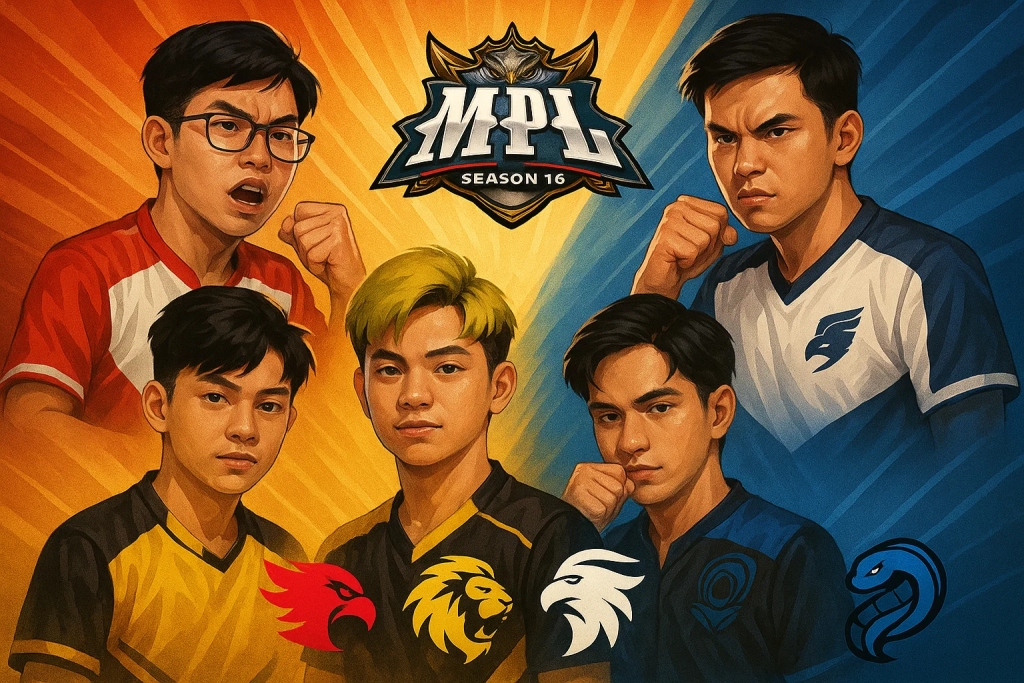
Five mini-storylines to follow
- New banners, old champions. Can imported championship routines sync with new brand workflows in time to bank a Top-2 seed in MPL PH 16?
- Aurora’s ceiling. Can a patient system keep poise when a finals crowd begs for brawls in MPL PH 16?
- ONIC PH’s mid-split spike. If draft identity stabilizes early, their tempo pressure becomes terrifying in MPL PH 16.
- Omega’s chemistry experiment. Talent solves micro; voice solves macro. Which emerges first in MPL PH 16?
- Twisted Minds PH spoiler arc. Upsets against title contenders could warp playoff paths across MPL PH 16.
A 120-day content and community plan
Because story builds habit, here’s a four-phase plan fans, student casters, or team creators can copy during MPL PH 16:
Days 1–30: Publish 60-second explainers on two basic jungle paths and why gold-lane timers matter. Run a vocabulary thread on common map calls so new viewers learn fast.
Days 31–60: Share “Inside Draft” carousels: three slides on priority bans, flex picks, and what you’d change after Game 1. Host watch-parties and pause at every Lord setup to predict the engage.
Days 61–90: Post “Win or Learn” film rooms—one clip, one lesson, one promise to watch for in the rematch. Invite a coach or analyst for a Q&A.
Days 91–120: Switch to playoff diaries. Spotlight support players’ vision tricks, itemization pivots, and reset rituals that casuals usually miss. This cadence turns curiosity into community around MPL PH 16.
Accessibility and inclusion at live events
The best match days welcome every body. If you’re hosting a viewing party during MPL PH 16, add clear seat maps, quiet corners for sensory breaks, captioned explainers, and ramps when venues allow. Provide a hydration table, label restrooms clearly, and brief volunteers on respectful language. A little thoughtfulness multiplies joy and keeps first-timers coming back across MPL PH 16.
For aspiring players: a mini-playbook
If MPL PH 16 has you dreaming of a roster spot, steal this three-lane checklist:
- Gold lane: Track jungle proximity, buy early defensive components if dives loom, and ping wave states every 20 seconds. Respect power spikes; win later by staying upright now.
- Mid lane: Guard camp timers, escort your jungler across high-traffic brushes, and hold wave tools for the moment your side lanes need relief.
- EXP lane: Manage health and TP windows, contest vision triangles near Herald equivalents, and avoid equal-trade deaths that desync your team’s timers.
Add two team rules: never give a free fight without vision, and never take a fight only because it’s available. Adopt those and you’ll look surprisingly polished in community leagues before and after MPL PH 16.
Media and messaging that earn trust
Trust grows when teams and leagues communicate clearly during MPL PH 16. Publish schedules early, repeat them often, and explain delays plainly. Share receipts for community clinics, post safety rules at venues, and spotlight volunteers by name. Fans invest more when they see steady hands behind the scenes. Even a short weekly note—results, highlights, and a coach’s one-line lesson—makes MPL PH 16 feel like a shared project rather than a distant broadcast.
Sample practice week for a pro squad
- Monday: Review weekend series; 20-minute role rooms; one macro scrim block.
- Tuesday: Two scrim blocks; focus on first-move setups from even gold states.
- Wednesday: Individual mechanics hour; draft tree rehearsal; single scrim with rematch conditions.
- Thursday: Vision lab; support and jungler run ward wars on empty map; short scrim for exit conditions.
- Friday: Light block; mental reset; quick set-piece rehearsal.
- Weekend: Match day routines: mobility, hydration, visualization, and a two-sentence win condition reminder tailored to MPL PH 16.
This rhythm keeps minds fresh, builds a shared language, and prevents the classic mistake of over-scrimming into fatigue during MPL PH 16.
Ten common mistakes (and fixes) that decide series
- Forcing 5v5s without vision. Fix by buying daylight first; swap supports if needed.
- Drafting three losing lanes. Fix with at least one pressure release valve—roam timing or jungle tempo.
- Burning cleanse tools early. Fix by calling enemy cooldowns out loud and waiting a beat.
- Ignoring side-lane timers. Fix by scheduling relief rotations; don’t make your gold lane guess.
- Tunnel-visioning on kills. Fix by trading objectives; wins arrive on timers in MPL PH 16.
- Over-correcting after one loss. Fix by trusting the prep; change one thing, not five.
- Late itemization pivots. Fix by pre-calling second item choices for common enemy comps.
- Unclear shot-calling. Fix by pre-assigning voices: engage, peel, and reset.
- Poor post-fight discipline. Fix by calling exit routes before the engage.
- Disrespecting fatigue. Fix by scheduling short, intense blocks and sleeping like performance depends on it—because it does in MPL PH 16.
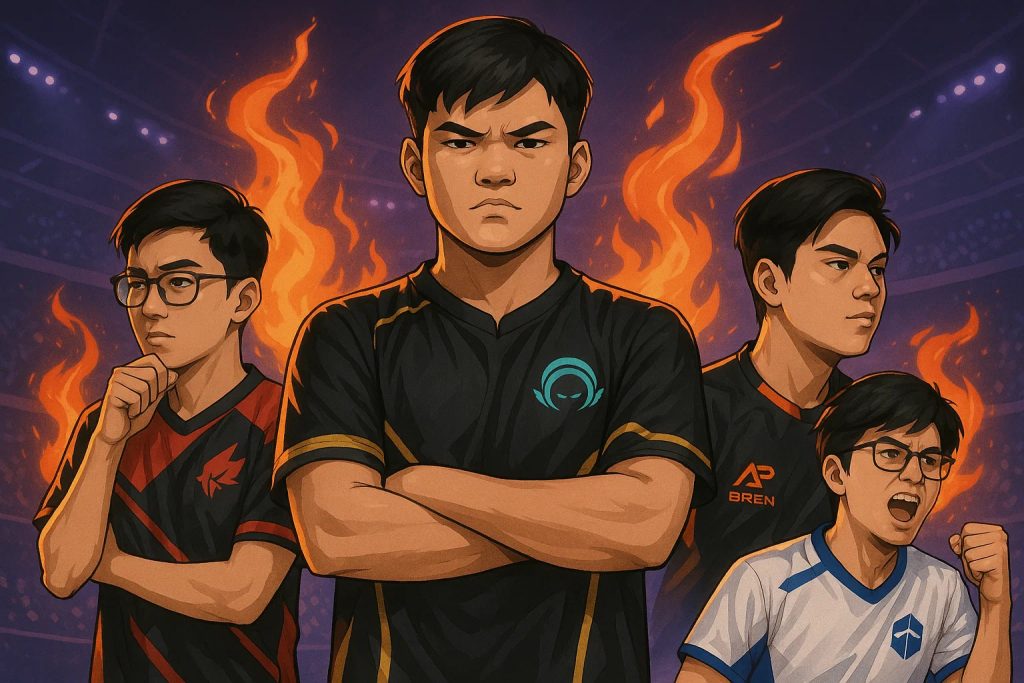
Call to action
Pick two full series to watch this week. Use the analyst checklist: midwave prio, neutral timers, and wards. Write down one prediction before each Lord and compare it with what actually happens. Post your best insight and tag a friend who usually watches only highlights. If you run a campus or barangay club, host a mini watch-party and pause the stream at every contested setup. The more we learn together, the richer and louder MPL PH 16 becomes—and the more welcoming the scene is for new fans and future players.
Final takeaway
Great leagues are built on small promises kept: a clear schedule, respectful pauses, hydration that never runs out, and coaches who teach calmly under pressure. This season invites fans to watch with sharper eyes and kinder hearts, because growth is visible in rotations and in communities that gather weekly to cheer. Choose a team, learn the timing windows, share a highlight, and welcome a newcomer next matchday. Small habits, multiplied, become unstoppable momentum together.
Frequently Asked Questions (FAQ)
1) How many teams are competing and how does the format work?
Eight franchise teams play a double round-robin regular season in best-of-three series. The top six move to playoffs, where bracket pressure turns small edges into series wins in MPL PH 16.
2) Which squads look strongest right now?
Form swings week to week, but the early read favors structural teams with clean lane assignments and reliable neutral control—profiles you’ll notice quickly if you track vision and timers during MPL PH 16.
3) Why is midwave priority mentioned so often?
Because whoever fixes mid first earns first move to river and side lanes. That single advantage unlocks safe invades, free vision, and smarter Lord setups, all of which matter enormously in MPL PH 16.
4) Can newer brands really beat legacy orgs?
Yes. If a roster nails fundamentals—ward control, objective trades, and cooldown discipline—it can topple bigger names. In best-of-three sets, clarity beats clout in MPL PH 16.
5) How can I enjoy the league if I’m new to MLBB?
Start by following one team and one rival, learn their preferred drafts, and watch with the three-step checklist. Within a week you’ll spot patterns, and MPL PH 16 will feel approachable, not intimidating.
